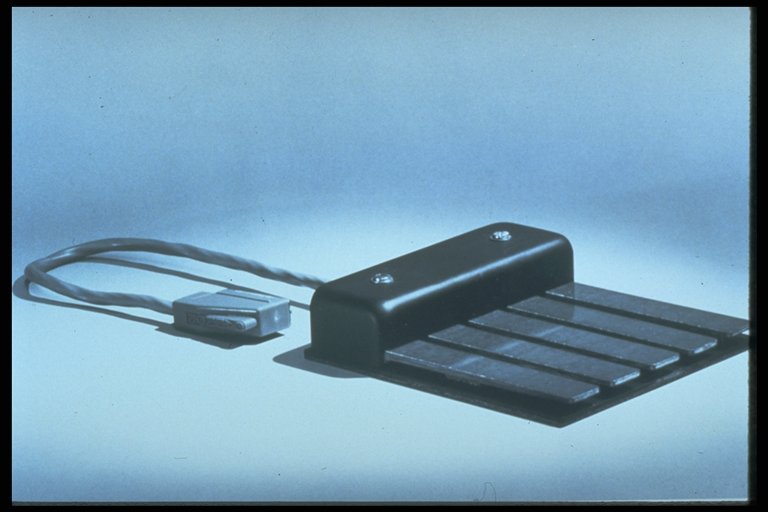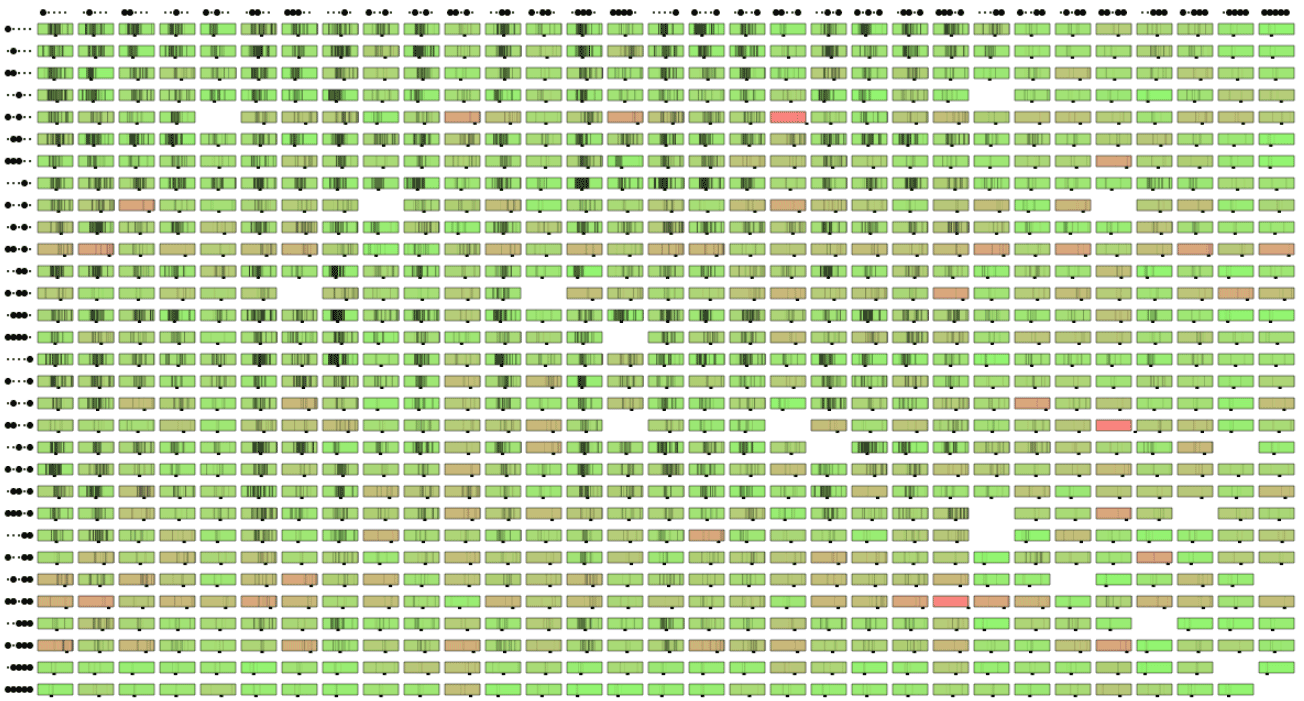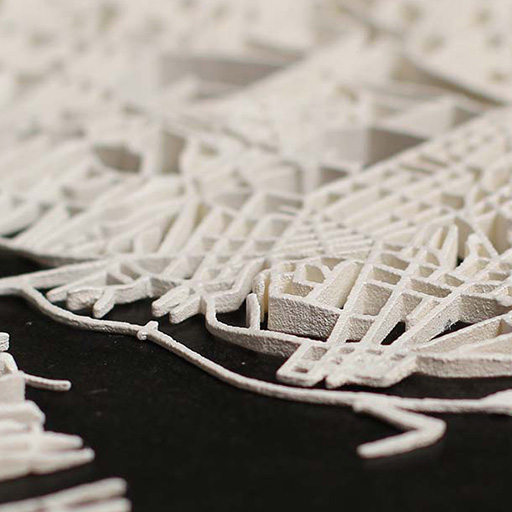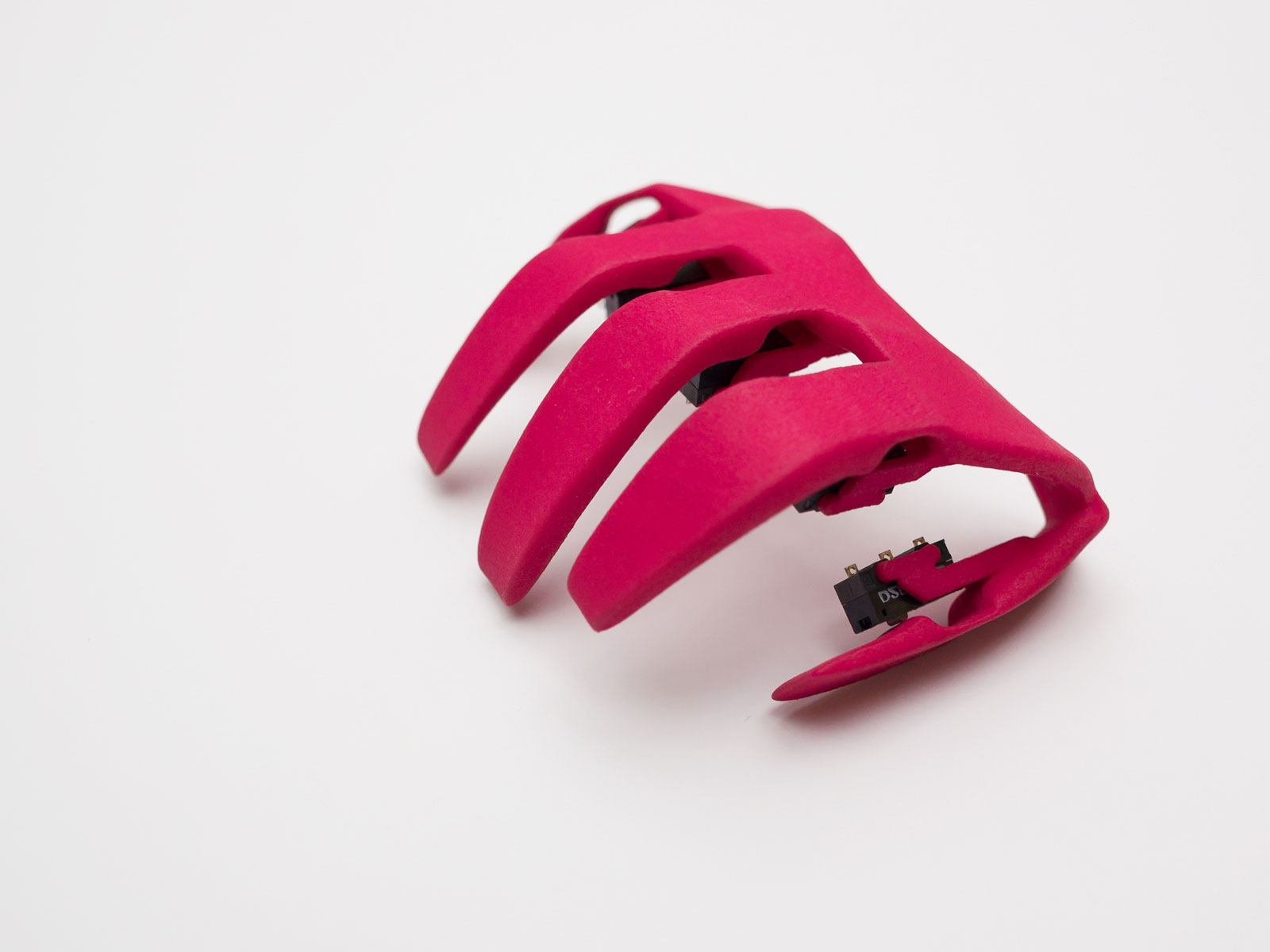Project
Consumer Product Development
Status
In progress
Initiated
2012
Chorderoy is a an attempt at crafting an optimal method of text input for mobile and wearable devices aimed at those who enjoy the rewards that come with free climbing steep learning curves.
When the iPad came out it trailed more than a decade of failed attempts at the tablet form factor. When the VR headset Oculus Rift was unveiled to a flurry of astounded enthusiasm, it was in spite of two decades of consistent tragedy in the field. At the jagged edge of innovation there are constantly great ideas that arrive so much ahead of their time that they are in danger of being written off completely. That is unless someone picks them out of the scrap heap at the right time, and proceeds to nail the design.
This project aims to rescue this odd contraption and reinvent it for the age of mobile and wearable computing:

This is a device from Douglas Engelbart's 1968 Mother of All Demos where he in one single demo introduced the computer mouse, collaborative editing, parametric design, teleconferencing, hypertext, word processing and a host of other firsts. In the ensuing four decades most of these technologies have become ubiquitous parts of modern life except for one notable invention: The chording keyboard. It has not been for lack of trying: history is littered with failed attempts at a usable chording keyboard.
The basic idea of the chording keyboard is that instead of moving your fingers around to hit the right keys, your hand stays put and you express characters by hitting key combination - or chords. In principle a chording keyboard could make do with something like seven keys, fit inside one hand and provide the same functionality as a full keyboard.
We have an inkling that the time has come for chording keyboards.
Mobile devices offer lacklustre input efficiencies for text. Using the available surface for screens is great for display, but the lack of tactile hard buttons typically results in an expert iPhone user maxing out at 30 words per minute. The time we spend typing on our phones is a stressful time. Hunched shoulders, fast closed loop hand-eye coordination, time wasted looking for erronous autocorrects.
The devices themselves have become powerful enough for proper work. Your phone can store all the novels you will ever have time to write. So there simply seems to be a mismatch between the processing power and connectness in our devices and the ease of input. Additionally wearable computing is also starting to happen. Devices like Google Glass and Oculus Rift simply don't have proper affordance for text input. And come one, even Eric Schmidt admits talking to your glasses in public is just plain weird.

Chorderoy is an ongoing project. We will be keeping an open notebook on our progress.
Other projects
-

PANDA
Supercolluder for the gig economy
-

Principal Components
Machine learning in search of the uncanny
-

OMA Website
Simple surface, intricate clockwork
-

Terrafab
Own a small slice of Norway
-

Intersections
Laser sintered topological maps for cars and social scientists
-

Mapfest!
Helping liberate Norwegian geodata
-

Underskog
Friendly community for the Norwegian cultural fringe.
